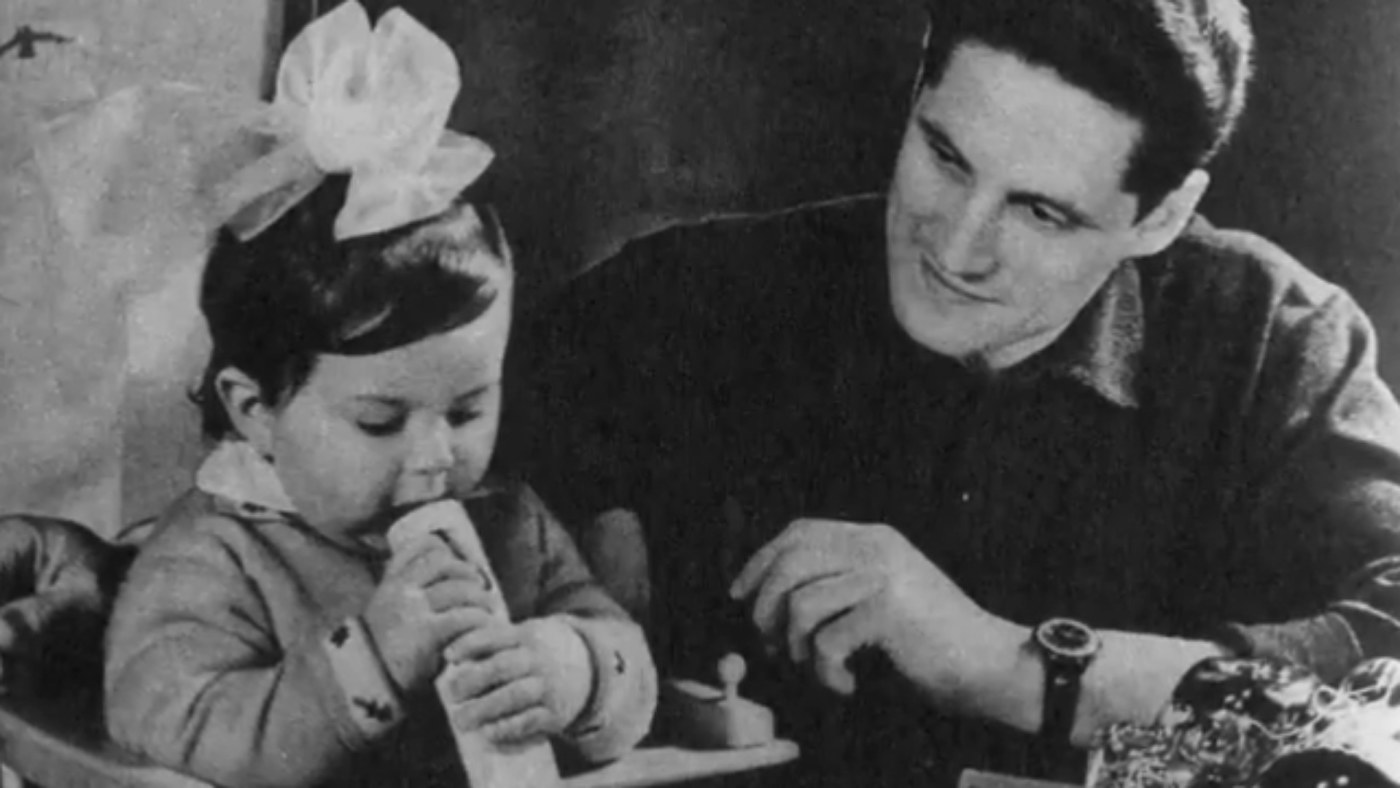

Image Credit: Mural, Metro Kastrychnitskaja, Minsk, Belarus ( american_rugbier CC BY SA 2.O)Īnd this leads to the biggest difference between the Soviet and American space programmes: the role of women.

While American astronauts were exemplifying the rogue, rugged individual, Soviet cosmonauts were portrayed as the archetype of the strong, loving, community-orientated sons and daughters of the Motherland. As such, Soviet media often released photos of Yuri Gagarin and other early cosmonauts engaged in the mundanities of everyday life at home: cooking, cleaning, going fishing, pushing a trapped car out of the mud. Kohonen stresses that the media and visual arts of both the United States and the Soviet Union were a method of ideological warfare between the two Cold War superpowers: ‘Whereas the pilot heroes of the United States were lone rangers, Stalin’s pilots were seen as his own sons, the children of the common Soviet family’ (112). Unlike the American portrayal of astronauts as exemplary individuals possessing a rare dose of The Right Stuff, Soviet media focused on the cosmonauts as a non-hierarchical group that trained in comradely harmony (106). However, the bulk of the book – and in my opinion, the most interesting – has to do with how the highly polished media in the Soviet Union constructed idealised heroes out of the cosmonauts. She focuses on the role of cosmic images in the making of propaganda, the construction of modernity, the grounding of political and ideological principles as well as technoutopic imaginaries. Kohonen’s Picturing the Cosmos: A Visual History of Early Soviet Space Endeavor uses Socialist Realist artwork as well as archival materials from the illustrated magazine Огонёк ( Ogonyok) to make her arguments. Behind the spacecraft – and seemingly surrounding her – are a ring of people, mostly shoeless children, gazing in awe at the cosmonaut returned from space. To her left is the discarded, crumpled form of an orange spacesuit tangled among the cords of a deployed parachute. She is wearing a blue jumpsuit and is collecting papers and other scattered miscellanea, stuffing them into an open yellow bag. In the photograph, Tereshkova is kneeling in the grass behind her looms a Vostok spacecraft tipped on its side. 2017.Īt the beginning of her book analysing the visual history of the Soviet space programme, Iina Kohonen introduces us to a photograph of Valentina Tereshkova, the first woman to fly in space.

Picturing the Cosmos: A Visual History of Early Soviet Space Endeavor. Genovese, and shows the role that cosmic images played in the making of modernity. This beautifully illustrated book provides compelling insight into the construction of the cosmonauts as idealised heroes of the Soviet Union, finds Taylor R. Across five heavily illustrated chapters, Picturing the Cosmos navigates and critically examines these utopian narratives, highlighting the rhetorical tension between propaganda, censorship, art, and politics.In Picturing the Cosmos: A Visual History of Early Soviet Space Endeavor, Iina Kohonen examines a variety of artworks and archival materials to offer a visual history of the Soviet space programme. Soviet cosmonauts, meanwhile, were depicted as prototypes of the perfect Communist man, representing modernity, good taste, and the aesthetics of the everyday. The USSR mapped and named the cosmos, using new media to stake a claim to this new territory and incorporating it into the daily lives of its citizens. Kohonen ably examines each image, elucidating how visual media helped to anchor otherwise abstract political and intellectual concepts of the future and modernization within the Soviet Union. In Picturing the Cosmos, drawing on a comprehensive corpus of rarely seen photographs and other visual phenomena, Iina Kohonen maps the complex relationship between visual propaganda and censorship during the Cold War.

Space is the ultimate canvas for the imagination, and in the 1950s and ’60s, as part of the space race with the United States, the solar system was the blank page upon which the Soviet Union etched a narrative of exploration and conquest.


 0 kommentar(er)
0 kommentar(er)
